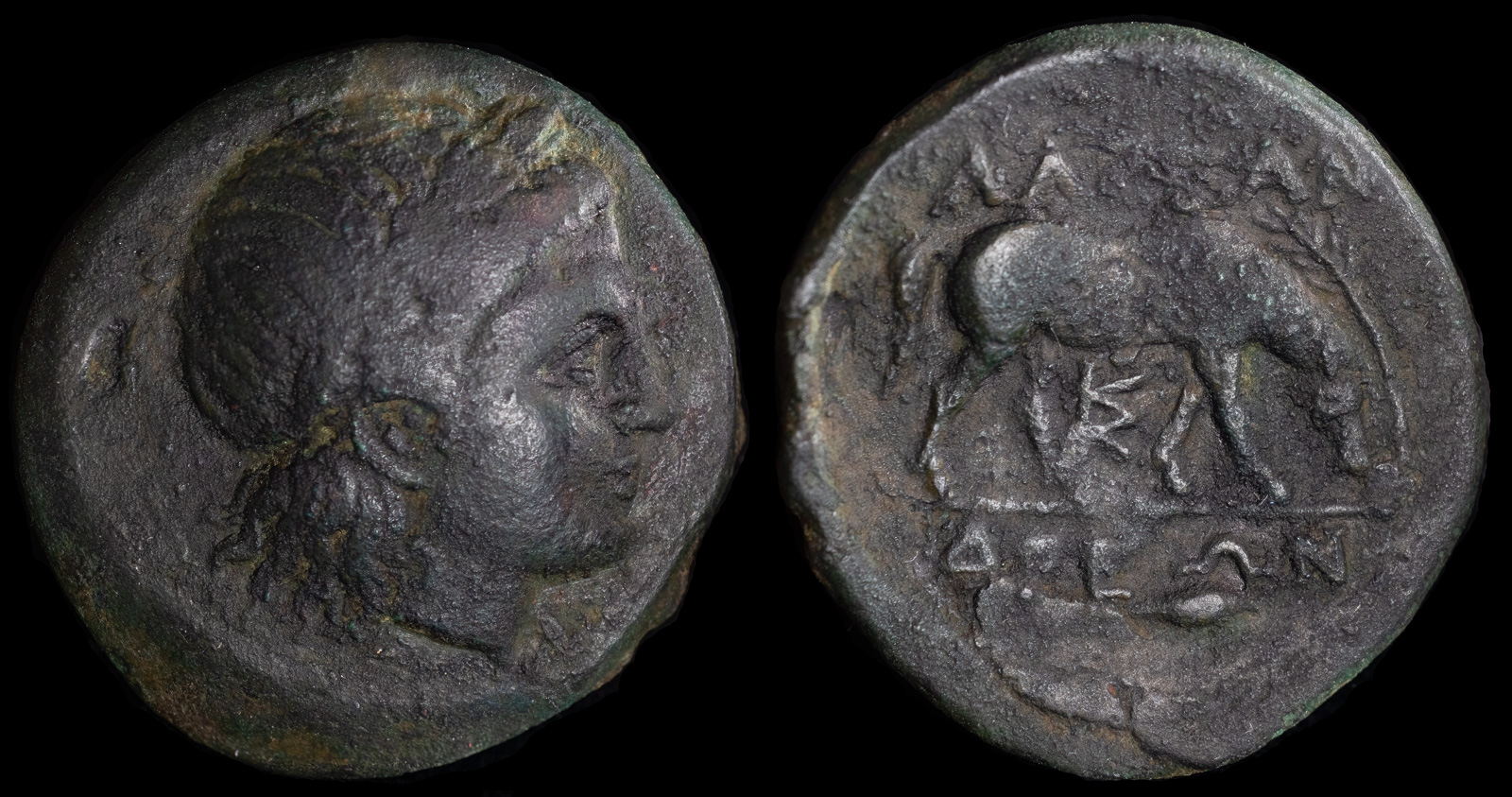Grain
View All Tags
One of the most notable uses of grain on coins was in the depiction of Demeter, the goddess of the harvest, who was often represented with grain ears or a sheaf of wheat. Demeter’s role in Greek mythology was directly tied to the growth of crops and the fertility of the soil, making her an important figure in agricultural societies. As a result, coins bearing her image or symbols related to grain served as representations of divine favor and were seen as a sign that the city or region had been blessed with abundant harvests. These coins were often used in religious contexts, such as offerings to Demeter to ensure future prosperity or to celebrate the success of the harvest season.
Coins featuring grain also had a practical significance in terms of trade and commerce. Grain was not only a staple food but also a vital commodity for the ancient Greek economy, especially in regions with maritime trade networks. As cities like Athens depended heavily on grain imports to feed their growing population, the imagery of grain on coins was a reminder of the economic importance of agriculture and trade. Coins depicting grain often served as a reflection of a city’s ability to produce or import sufficient supplies of this critical resource, signifying its economic strength and self-sufficiency.
In some cases, grain was depicted alongside symbols of abundance, such as cornucopias, reinforcing the association of grain with both physical nourishment and symbolic wealth. The grain symbol could also be used to highlight the city’s civic identity, with some regions minting coins that featured grain to promote their status as prosperous agricultural hubs. For example, Syracuse and Catania on the island of Sicily used the grain motif to emphasize the fertility of their lands and their agricultural wealth, reinforcing their dominance in the regional economy.
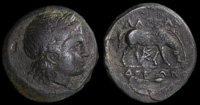
Alexandria, Troas 281-261 BCE
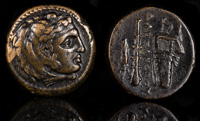
Asandros 323-319 BCE
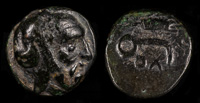
Autophradates 380-355 BCE
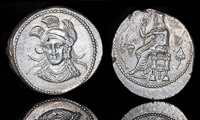
Balakros 333-323 BCE
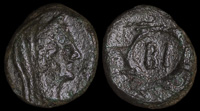
Bisanthe, Thrace 300-200 BCE
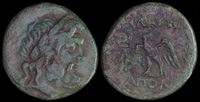
Blaundos, Lydia 200-100 BCE
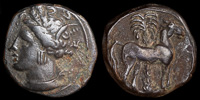
Carthage 400-350 BCE

Elaia, Aeolis 340-330 BCE
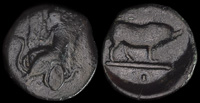
Eleusis, Attica 340-334 BCE
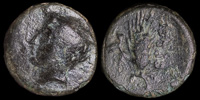
Eresos, Lesbos 3rd-2nd cent BCE
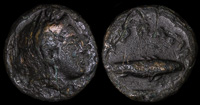
Harpagion, Mysia 400-375 BCE
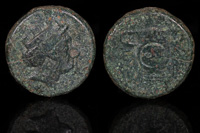
Hebryzelmis 389-383 BCE
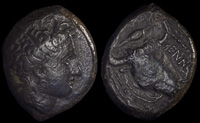
Henna, Sicily 339-335 BCE
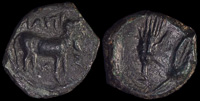
Iaitas, Sicily 330-260 BCE

Iolla, Mysia 400-300 BCE

Kalchedon, 340-320 BCE
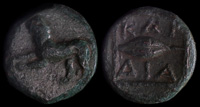
Kardia, Chersonese 309-220 BCE

Kardia, Chersonese 350-309 BCE
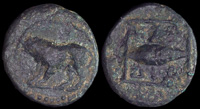
Kardia, Thrace 350-309 BCE
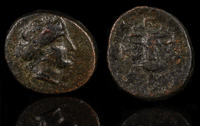
Kersebleptes, Thrace 360-341 BCE
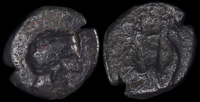
Kersini, Sicily 344-339 BCE
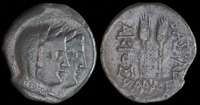
Kings of Scythia, Akrosas 195-190 BCE
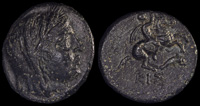
Kisthene, Mysia 4th century BCE
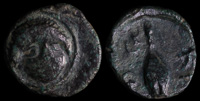
Krithote, Thrace 350-309 BCE
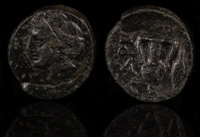
Larissa Phrikonis, Troas 350 BCE
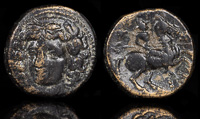
Larissa, Thessaly 4th century BCE
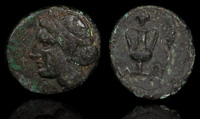
Larissa-Ptolemais 400-300 BCE
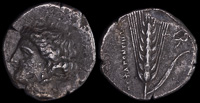
Lucania, Metapontion 400-340 BCE
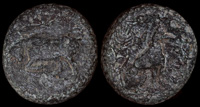
Madytos, Thrace 350 BCE

Madytos, Thrace 350-300 BCE
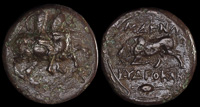
Magnesia ad Maeander 350-200 BCE

Magnesia ad Sipylos 2nd-1st centuries BCE
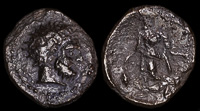
Mallos, Cilicia 4th century BCE
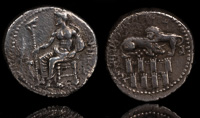
Mazaios 361-334 BCE
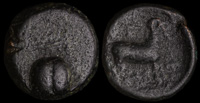
Methylion, Thessaly 4th century BCE

Miletos 320 BCE
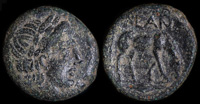
Neandria, Troas 350-310 BCE
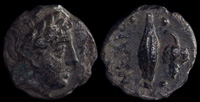
Neandria, Troas 400-300 BCE
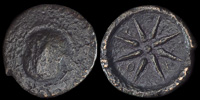
Orchomenos, Boeotia 371-364 BCE

Orchomenos, Boeotia 395-364 BCE
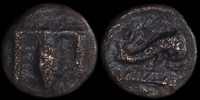
Pale, Kephallenia 4th Century BCE

Parion, Mysia 300-200 BCE
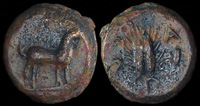
Paros, Cyclades 3rd-2nd centuries BCE
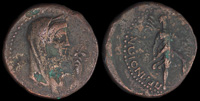
Perinthos, Thrace 2nd-1s centuries BCE

Phakion, Thessaly 3rd century BCE
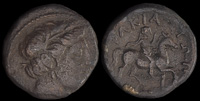
Phakion, Thessaly ca 300-200 BCE
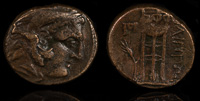
Philippi 356-345 BCE
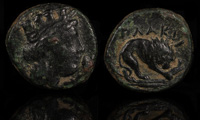
Plakia, Mysia 4th century BCE

Proerna, Thessaly 4th-3rd centuries BCE
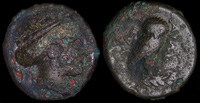
Pydna, Macedon 369-364 BCE
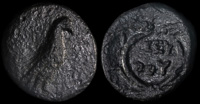
Seuthes III 323-316 BCE
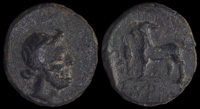
Syros, Cyclades 3rd-1st century BCE

The Thesproti, Epeiros 335-325 BCE
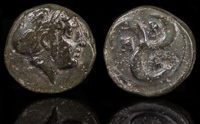
Thebe, Mysia 300-200 BCE

Thessalonika, Macedon 187-167 BCE
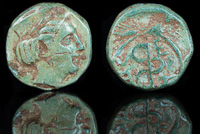
Zeleia, Troas 4th Century BCE
